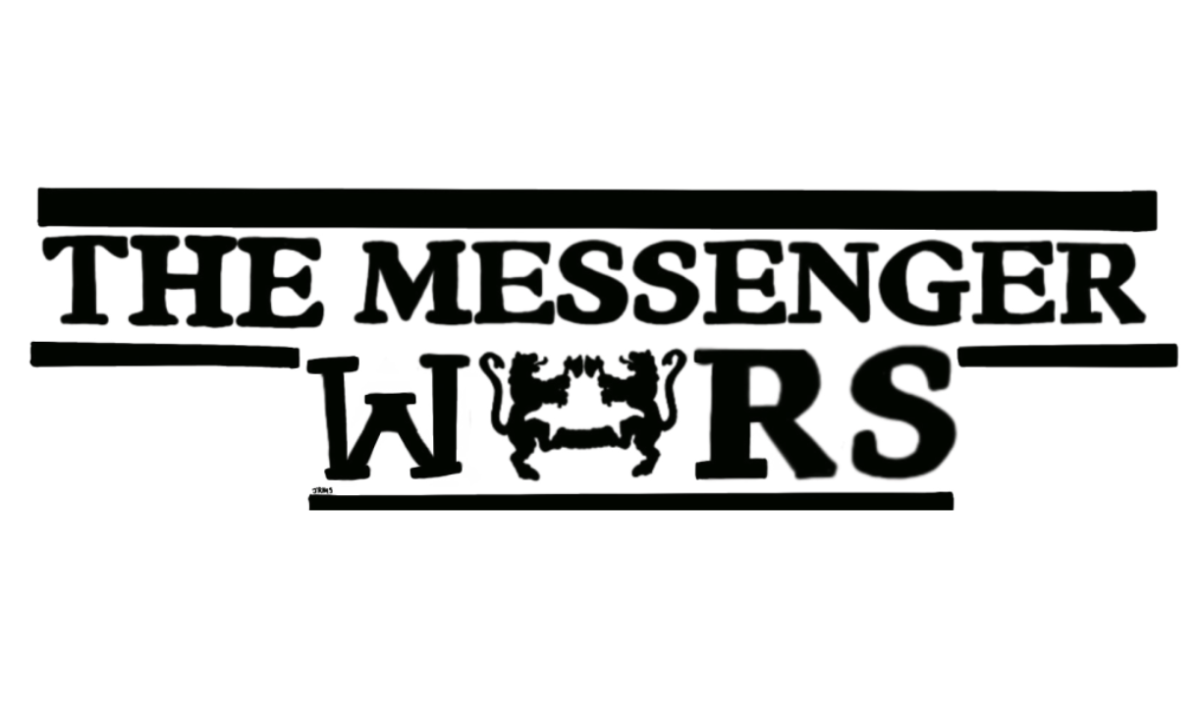It’s no surprise that, given the wide array of technological devices available today and their near-addictive possibilities, teens are exposed to more words than ever. Yet, as the amount of time spent reading text on screens has increased, time spent reading from books has decreased. In fact, according to Common Sense Media, teens are less likely to “read for fun” than ever before.
Inherent writer’s bias aside – I am both an English major and an avid reader – these findings are a bit disconcerting. What I find particularly problematic about the results is the underlying dichotomy presented between “reading for fun” and it’s implied opposite, serious reading. Under such a division, reading becomes either something done for pleasure or something done as a chore, with little to no in between.
Again, as someone who very much enjoys reading, I find the idea that reading must fall into certain categories frustrating. I would say this annoyance stems largely from the main consequence categorization breeds, the belief that reading is not enjoyable. While I disagree with such a sentiment, I understand how it might have arisen.
Given the fact that teens are spending less time “reading for fun,” it follows that the little reading teenagers do engage with would be the literature they are reading in their high school English classes, i.e. the “serious reading.” Already, for many students, the books and readings assigned are viewed as merely an assignment to complete.
It is such a mentality – reading as a prescribed assignment – that leads to the label “serious reading.” The reading assigned in classes is stigmatized and the dichotomy between “serious reading” and “reading for fun” is further enforced; assigned reading on which you will be tested is surely not “reading for fun.” As such, students can become turned off by such reading and many will choose to either barely engage with the text or just not engage at all.
To reiterate, the problem stems from this arbitrary categorization, because there are enjoyable books assigned in English classes, as oxymoronic as that concept may apparently seem. Perhaps the best example of this is the universally assigned and near-universally adored – this author isn’t exactly its most fervent fan – novel, The Catcher in the Rye. With an engaging and relatable main character, The Catcher in the Rye certainly has the makings of a book to be “read for fun.” Yet when there are stipulations placed on its reading, some are much less inclined to view it as such.
Sure, there are the books that, were the dichotomy warranted, could be considered to fall more into the category of “serious reading;” the didactic diction of The Scarlet Letter is a far cry from the “phoney”-laden prose of Salinger’s novel. Regardless, when a book is assigned as homework more often than not it instantly becomes labeled as serious and, in a way, taints the reader’s experience with that text.
So, how do we dissolve the inherent perception that readings assigned in English classrooms must be “serious” and can’t be read for fun? It’s a tricky problem to tackle. Currently, there tends to be a stereotype, stemming largely from the misplaced denotation of seriousness, that books read for class are out-dated or boring, dusty so to speak. While it is true that assigned readings can sometimes be rather dated, they exemplify a historically important part of a genre or canon that educators and scholars deem worthy of studying.
Perhaps, then, the solution to erasing the distinction between reading seriously and reading for fun is to assign more modern readings. After all, Young Adult novels, such as The Hunger Games series, frequently top the best-seller lists. It wouldn’t be a stretch to argue that, with their more fast-paced plots and less blatantly academic tone, teens might be more inclined to view the reading of such novels as fun, even if the reading was assigned.
However, books like The Hunger Games are simply not as indicative of the literary elements and style found in more traditionally taught books that are vital to a full understanding of English as a discipline; on the whole, the books that comprise the traditional canon for high school courses are included for very specific, valid reasons. And, of course, even if these more modern books still were assigned, they run the risk of being deemed serious reading, due solely to the fact that the reading is forced.
I believe that the best way to combat the present dichotomy is by combining the above scenarios. Through teaching a healthy mix of traditional and newer literature, teenagers may just begin to see that a book can be both exemplary of the important tenets and elements of the English discipline and thoroughly enjoyable to read.
Madisen Egan ’16 ([email protected]) is from St. Paul, Minn. She majors in English and biology with a concentration in film studies.


